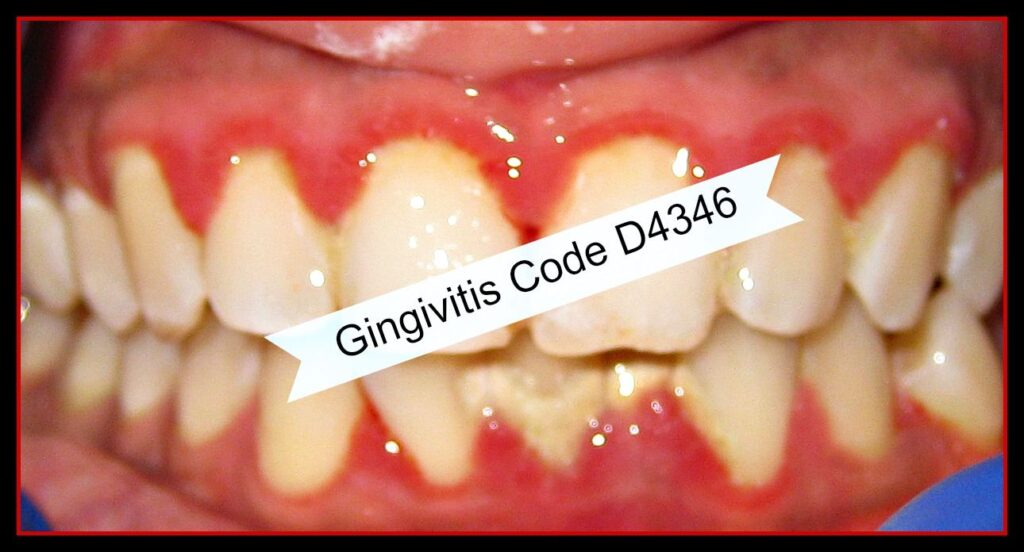Comprehensive Guide to Dental Code Gingival Scaling: Everything You Need to Know
Gingival scaling is a cornerstone of preventive dental care, playing a critical role in maintaining oral health and preventing periodontal diseases. Despite its importance, many patients and even some dental professionals remain unclear about the specifics of the procedure, its benefits, and the associated dental codes. This article aims to provide a comprehensive, in-depth exploration of gingival scaling, covering everything from its clinical significance to the tools and techniques used, and the dental codes that govern its practice. Whether you’re a dental professional seeking to refine your knowledge or a patient looking to understand the procedure better, this guide will serve as an invaluable resource.

2. Understanding Gingival Scaling
Gingival scaling, often referred to as dental scaling, is a non-surgical procedure performed to remove plaque, tartar (calculus), and bacterial toxins from the surfaces of teeth, particularly below the gumline. This procedure is essential for preventing and treating gingivitis and periodontitis, two common forms of gum disease.
What is Plaque and Tartar?
- Plaque: A sticky, colorless film of bacteria that forms on teeth. If not removed, it hardens into tartar.
- Tartar: A hardened form of plaque that adheres firmly to the tooth surface and can only be removed by professional cleaning.
Gingival scaling targets these deposits, ensuring that the gums and teeth remain healthy.
3. Importance of Gingival Scaling in Oral Health
Gingival scaling is not just a cosmetic procedure; it is a vital component of oral health maintenance. Here’s why:
Prevents Gum Disease
- Removes bacteria and toxins that cause inflammation and infection.
- Reduces the risk of gingivitis progressing to periodontitis, which can lead to tooth loss.
Improves Overall Health
- Research links periodontal health to systemic conditions like heart disease, diabetes, and respiratory issues.
- Regular scaling can help manage these conditions by reducing oral bacteria.
Enhances Aesthetic Appeal
- Removes stains and discoloration caused by tartar buildup.
- Promotes healthier, pinker gums and brighter teeth.
4. Dental Codes for Gingival Scaling: An Overview
Dental codes, also known as Current Dental Terminology (CDT) codes, are used to standardize billing and record-keeping in dental practices. Understanding these codes is essential for both dental professionals and patients.
Common CDT Codes for Gingival Scaling
| Code | Description |
|---|---|
| D1110 | Prophylaxis – Adult |
| D4341 | Scaling in the presence of generalized moderate or severe gingival inflammation – full mouth, after oral evaluation |
| D4342 | Scaling and root planing – per quadrant |
Importance of Accurate Coding
- Ensures proper reimbursement from insurance companies.
- Helps maintain accurate patient records.
- Facilitates communication between dental professionals.
5. Types of Gingival Scaling Procedures
Gingival scaling can be categorized based on the extent and location of the procedure:
1. Supragingival Scaling
- Focuses on removing plaque and tartar above the gumline.
- Typically performed as part of routine cleanings.
2. Subgingival Scaling
- Targets plaque and tartar below the gumline.
- Essential for treating periodontal disease.
3. Full-Mouth Scaling
- Comprehensive cleaning of the entire mouth, including both supragingival and subgingival areas.
- Often recommended for patients with advanced gum disease.
6. Tools and Techniques Used in Gingival Scaling
Modern dentistry employs a variety of tools and techniques to perform gingival scaling effectively.
Manual Scaling Tools
- Scalers and Curettes: Hand instruments designed to remove plaque and tartar.
- Periodontal Probes: Used to measure pocket depths and assess gum health.
Ultrasonic Scaling Devices
- Use high-frequency vibrations to break down tartar.
- Often combined with water irrigation to flush out debris.
Laser Scaling
- A minimally invasive alternative to traditional scaling.
- Reduces bleeding and promotes faster healing.
7. Step-by-Step Process of Gingival Scaling
The gingival scaling procedure typically involves the following steps:
- Initial Examination: The dentist evaluates the patient’s oral health and determines the need for scaling.
- Anesthesia (if needed): Local anesthesia may be administered for patients with sensitive gums.
- Scaling: The dentist uses manual or ultrasonic tools to remove plaque and tartar.
- Root Planing: Smoothing the tooth roots to prevent future buildup.
- Polishing: The teeth are polished to remove surface stains.
- Post-Treatment Care Instructions: The patient is advised on how to care for their gums after the procedure.
8. Benefits of Gingival Scaling
- Prevents gum disease and tooth loss.
- Improves breath freshness by removing bacteria.
- Enhances the effectiveness of at-home oral care routines.
9. Risks and Complications
While gingival scaling is generally safe, some risks include:
- Temporary tooth sensitivity.
- Gum bleeding or swelling.
- Rare cases of infection.
10. Post-Scaling Care and Maintenance
To maintain the benefits of gingival scaling, patients should:
- Brush and floss regularly.
- Use an antimicrobial mouthwash.
- Schedule regular dental checkups.
11. Frequently Asked Questions (FAQs)
Q1: How often should I get gingival scaling done?
A: Most patients benefit from scaling every 6 months, but those with gum disease may need it more frequently.
Q2: Does gingival scaling hurt?
A: The procedure is generally painless, though some patients may experience mild discomfort.
Q3: Can I eat after gingival scaling?
A: It’s best to wait at least an hour and avoid hot or hard foods for the first 24 hours.
12. Conclusion
Gingival scaling is a vital procedure for maintaining oral health and preventing gum disease. By understanding its importance, the tools and techniques involved, and the associated dental codes, both patients and dental professionals can ensure optimal outcomes. Regular scaling, combined with good oral hygiene, is the key to a healthy smile.
13. Additional Resources
- American Dental Association (ADA): www.ada.org
- National Institute of Dental and Craniofacial Research (NIDCR): www.nidcr.nih.gov
- Journal of Periodontology: www.joponline.org


